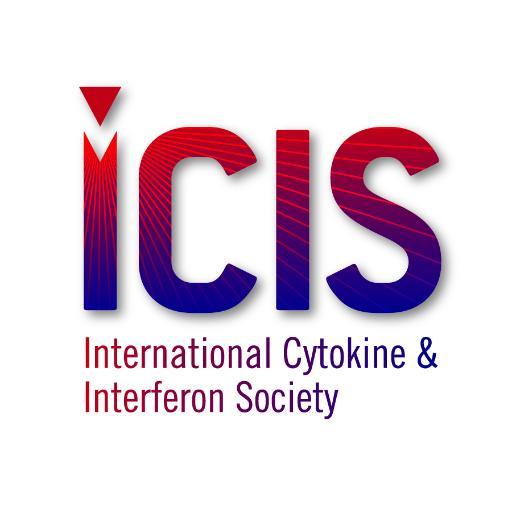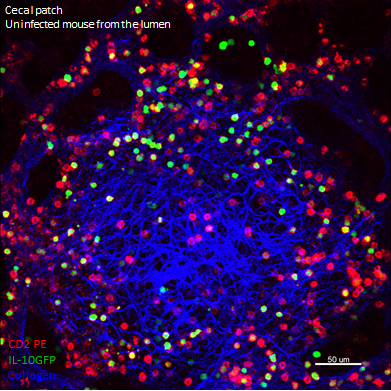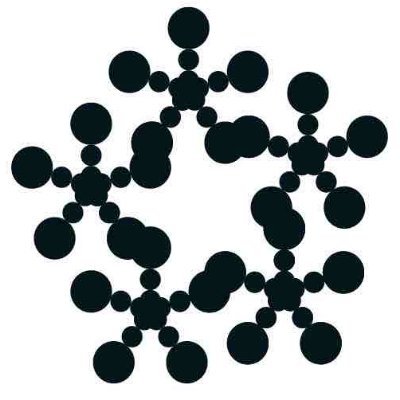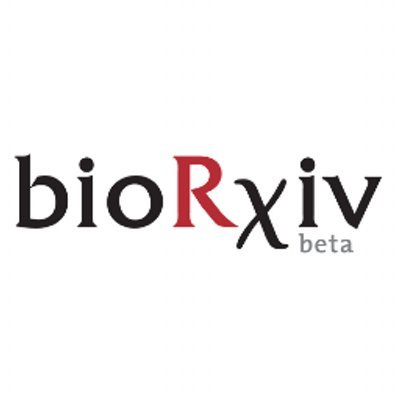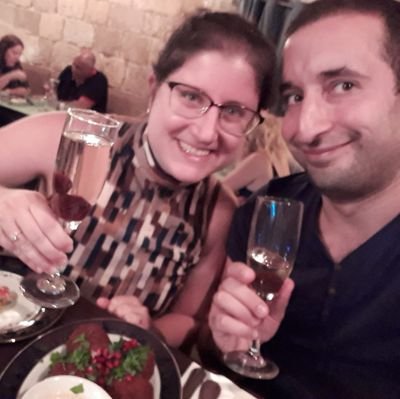
Jingjing
@Jingjing__JJPhD student @ZivShulman lab, @WeizmannScience.
Similar User

@HadasKerenShaul

@Eilema

@KerenD1986

@ovadia_samuel

@haddad_montaser

@vishnu88mohan

@Roei_Mazor

@BenTikva

@Suhaib_K_Abdeen

@AdiUlman
It is so cool! Thank you!
When you get a nasal vaccine, it's like calling in special forces to guard your nose against tiny invaders! nature.com/articles/s4158… @ZivShulman @Jingjing__JJ
Just learned at Národní muzeum: Like us, fish need oxygen to survive, using gills to breathe—a major evolutionary step. This miracle evolution journey continues: from water to land (amphibians and reptiles), conquering the air (birds), and finally, the world (mammals)!"

The turbinate structure is fascinating. In bears and sea lions, it’s highly developed to improve their sense of smell and help with moisture extraction. Humans have turbinate bones and acinar glands in their noses too. Do these structures also have an immunological function?
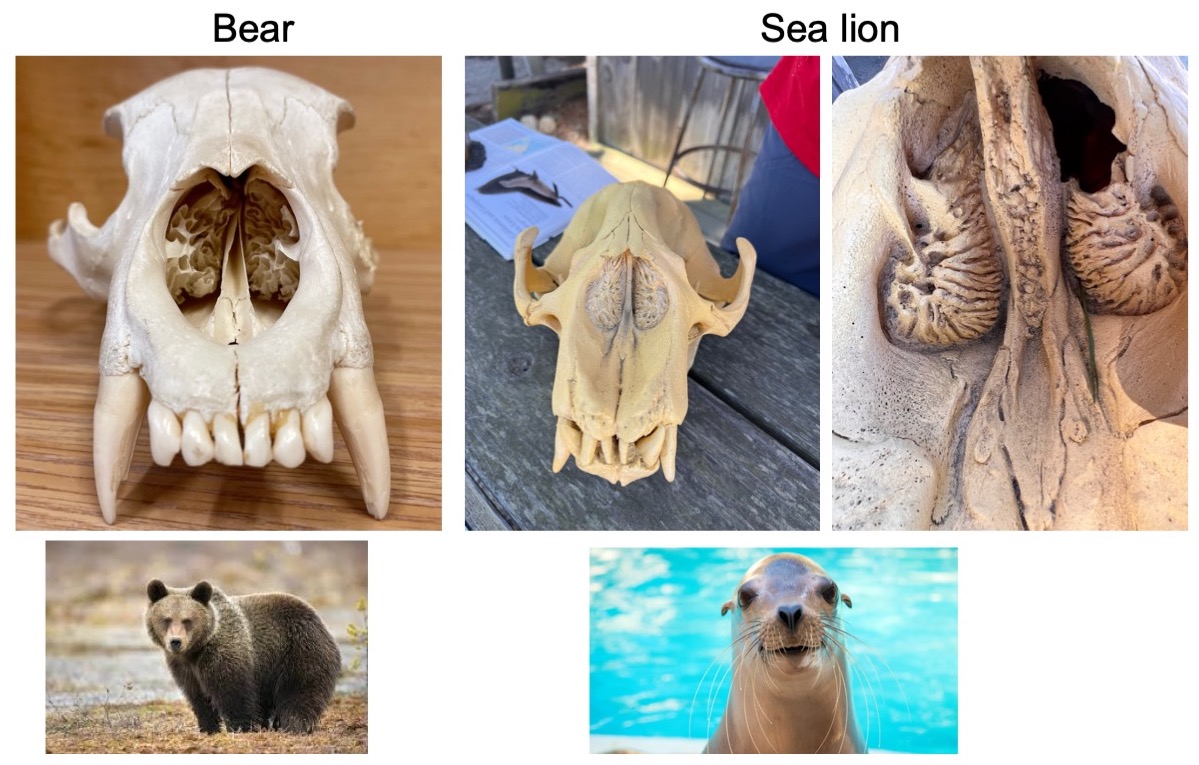
Check out our study here👇
Nature research paper: Turbinate-homing IgA-secreting cells originate in the nasal lymphoid tissues go.nature.com/3SyGLi3
Overall, our study uncovers the cellular events leading to antibody secretion in the upper airways, offering potential insights for vaccine design and allergy treatments.
Blocking CCL28 demonstrated that this chemokine facilitates B cell migration to the NALT region in most of the mice we analyzed.

Which chemokine directs these cells to the NALT? RNA sequencing of upper airway tissues revealed upregulation of several B cell chemokines and GPCRs, including CCL28/CCR10, which are known to support B cell migration to mucosal tissues.

How do B cells migrate from the NALT to the turbinates? PSGL-1, which is expressed on plasma cells, mediates their rolling along blood vessel walls. Blocking PSGL-1 prevents cells from reaching the turbinates, suggesting they migrate through the bloodstream.
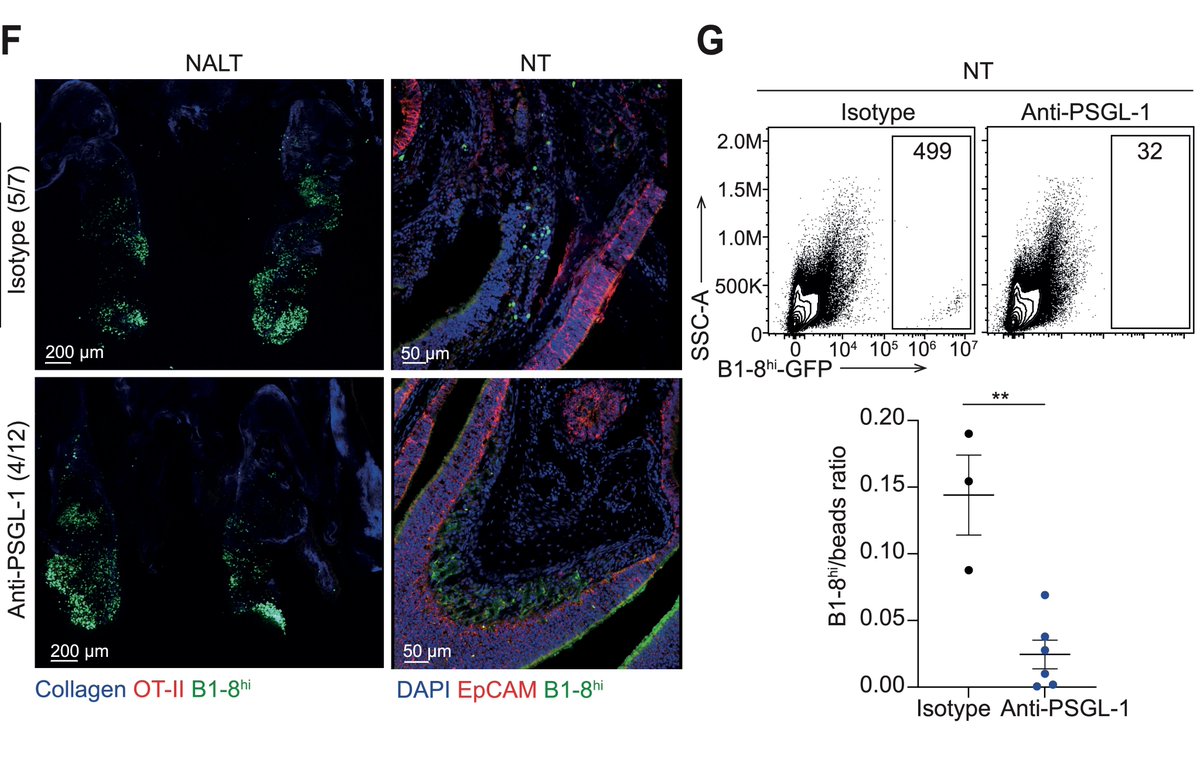
Do B cells in the turbinates and glands originate from the NALT? Yes, they do. The turbinate region lacked antigen-specific cells following NALT removal by surgery.
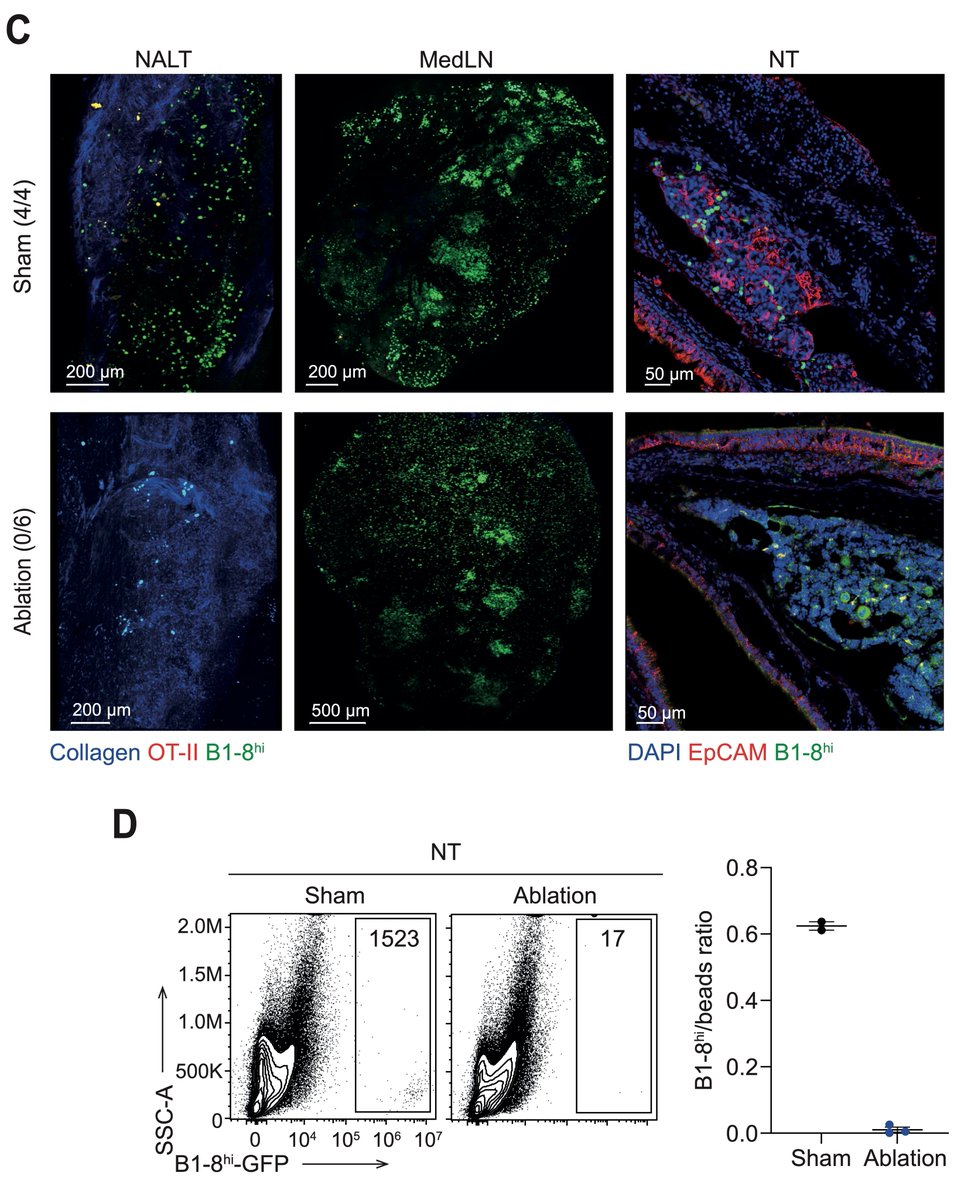
What is the target organ of NALT B cells? Our imaging analysis of the upper airways revealed that antigen-specific B cells reside in the turbinate region and acinar glands. These are plasma cells expressing Blimp-1 and secreting IgA.

The B cell immune response does not occur without the transfer of antigen-specific T cells or the generation of memory T cells through a prime-boost approach. These findings suggest that the endogenous T cell population in the NALT is insufficient to support a B cell response.
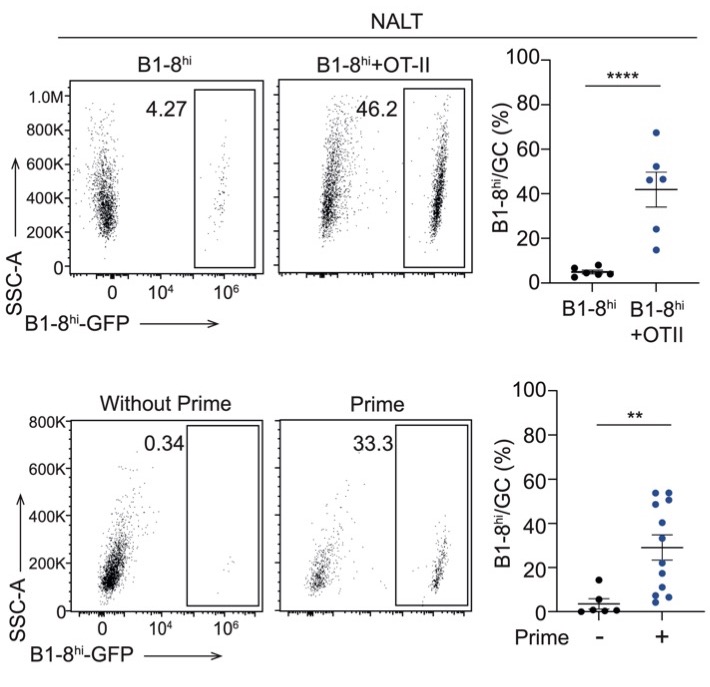
Tracking antigen-specific B cells (green) and T cells (red) over time revealed that T cells interact with B cells early in the response before entering germinal center (GC) structures and other niches within the NALT.
We found in mice, that intranasal vaccination causes antigen-specific B cells (red) to expand in the subepithelial dome (SED) of the NALT, and then translocate to pre-existing germinal centers (green). This suggests that the NALT acts like a Peyer’s patch in the upper airways.
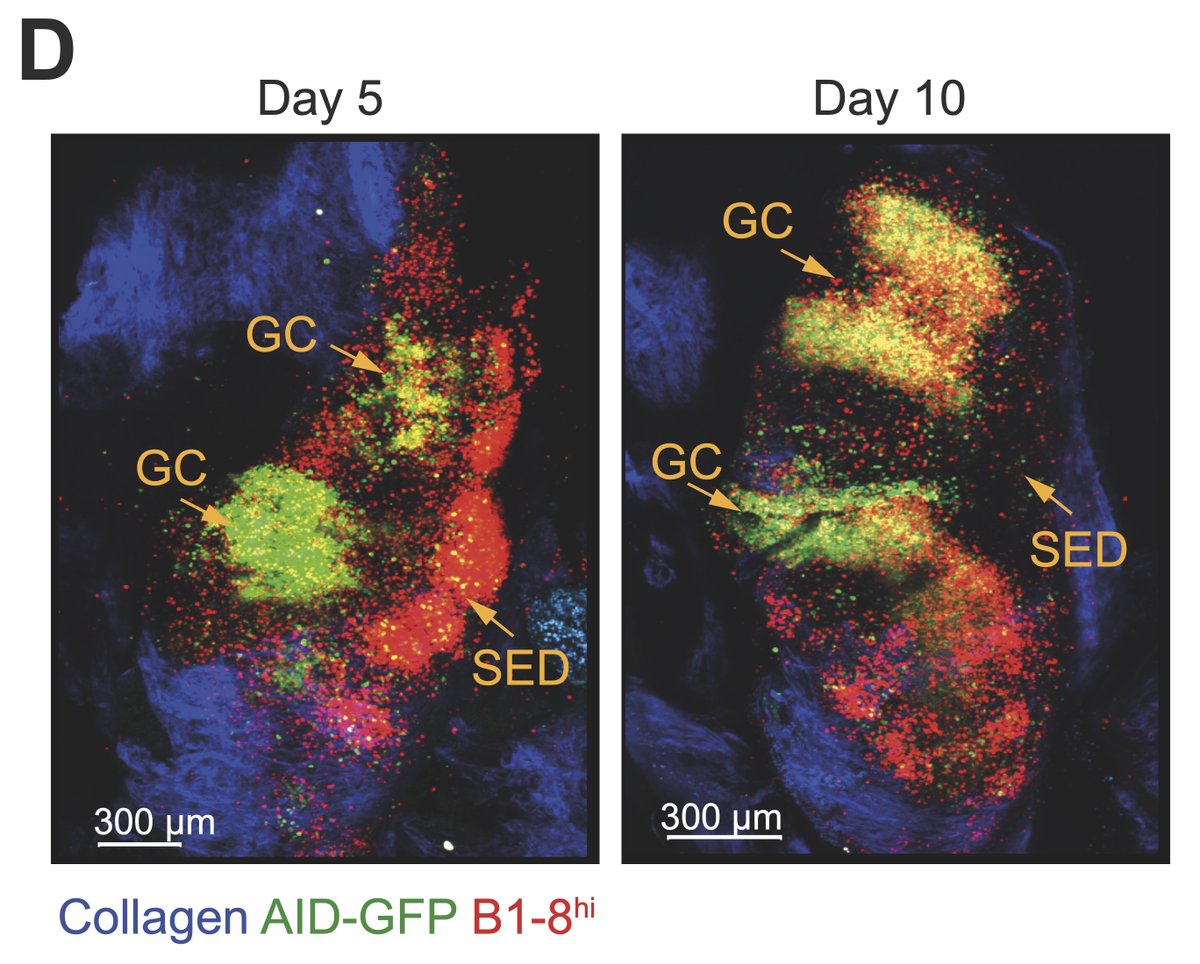
The turbinate structure is fascinating. In bears and sea lions, it’s highly developed to improve their sense of smell and help with moisture extraction. Humans have turbinate bones and acinar glands in their noses too. Do these structures also have an immunological function?

In mice, the upper airways are composed of turbinate bones lined with a single layer of epithelial cells, which form a mucosal surface alongside adjacent acinar glands. The nearest lymph nodes to these structures and the nasal cavity are the nasal-associated lymph nodes (NALTs).
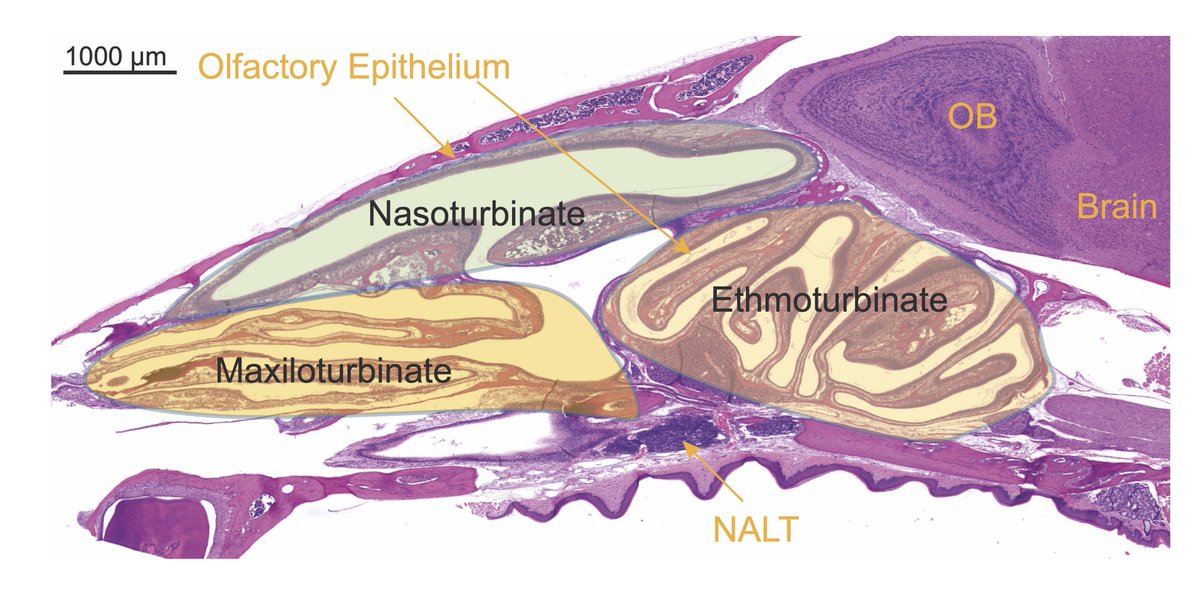
While many studies have investigated the antibody-mediated immune response in the upper airways by measuring IgG and IgA titers, our research aimed to pinpoint the precise locations of antibody-forming cells and their associated germinal centers.
I’m very excited to share our study with you! I have received a lot of recognition and congratulations those days, and I deeply appreciate it. I am especially grateful to my dear supervisor Ziv for his continuous support and guidance!
Did you know that B cells reside in your nose and secrete antibodies? Learn more in our new study by Jingjing Liu @Jingjing__JJ, published in @Nature rdcu.be/dPR2m 🧵
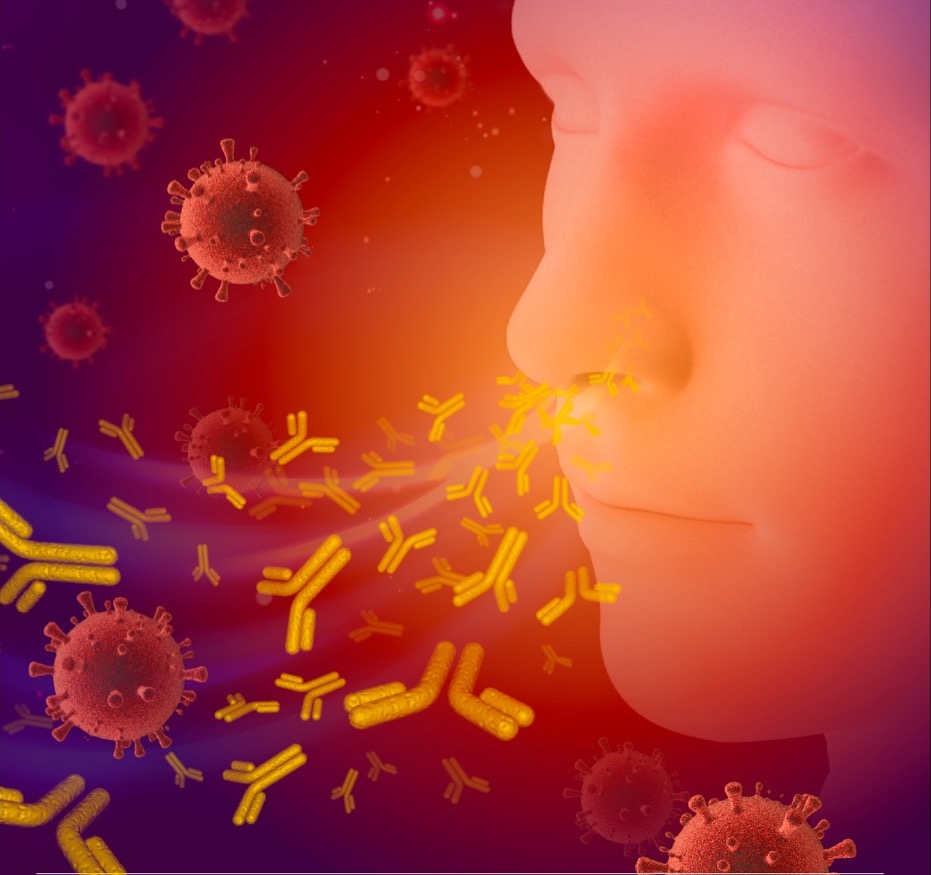
Did you know that B cells reside in your nose and secrete antibodies? Learn more in our new study by Jingjing Liu @Jingjing__JJ, published in @Nature rdcu.be/dPR2m 🧵

United States Trends
- 1. Kendrick 635 B posts
- 2. #AskShadow 22,7 B posts
- 3. MSNBC 208 B posts
- 4. Drake 86,1 B posts
- 5. Luther 47,7 B posts
- 6. Brandon Allen 1.972 posts
- 7. Wayne 59,2 B posts
- 8. Daniel Jones 47,4 B posts
- 9. Kdot 7.167 posts
- 10. LinkedIn 41,8 B posts
- 11. TV Off 40,2 B posts
- 12. Squabble Up 28,6 B posts
- 13. Dobbs 1.907 posts
- 14. NASA 72,3 B posts
- 15. Dodger Blue 15,1 B posts
- 16. Reincarnated 37,7 B posts
- 17. Purdy 6.825 posts
- 18. Gloria 47,9 B posts
- 19. Giants 79,3 B posts
- 20. Jack Antonoff 10,1 B posts
Who to follow
Something went wrong.
Something went wrong.








